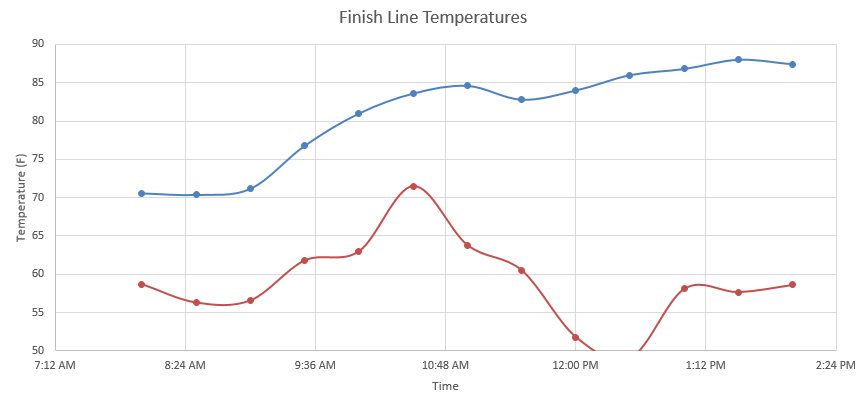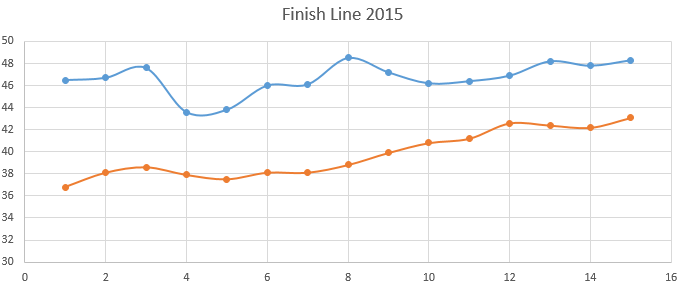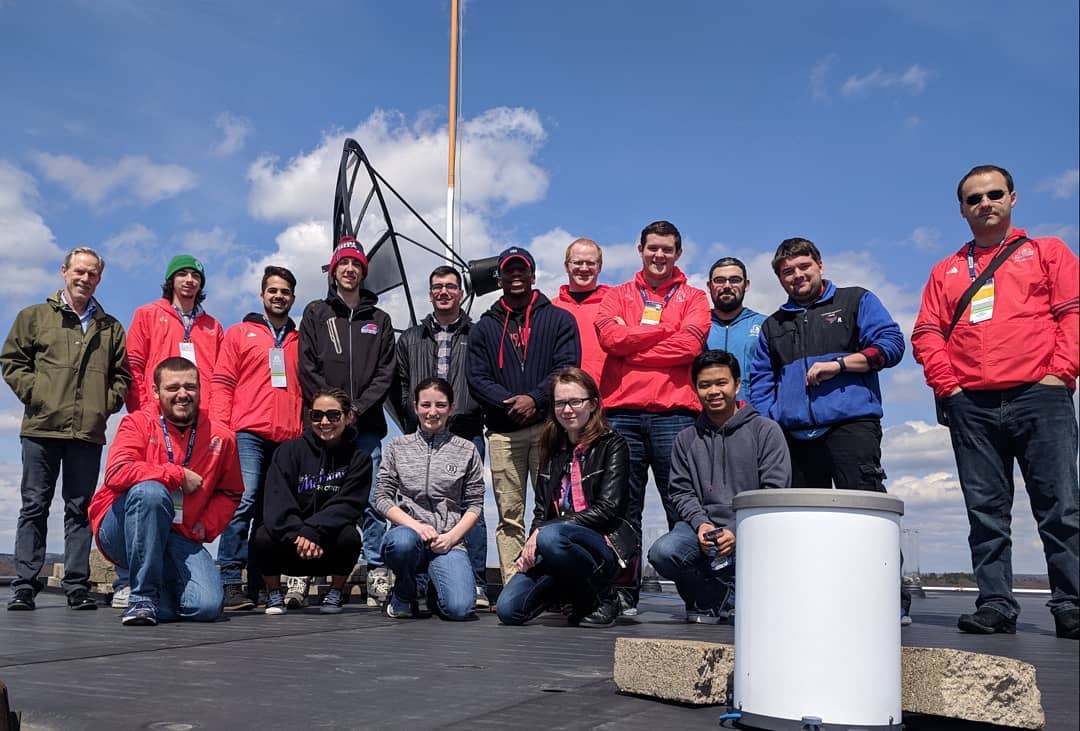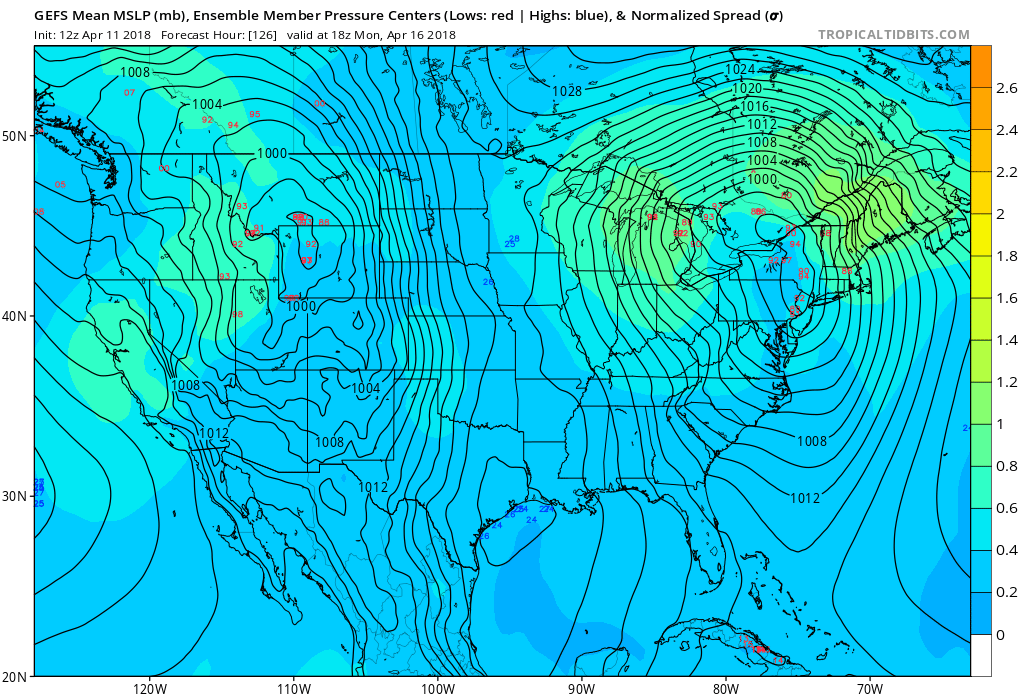The Boston Marathon has been in the running (ha ha ………) for 122 years and has seen its share of weather events, from extremes to the norms, over this time! The marathon staff and the runners all rely on the forecast for the race as a way to gauge potential injuries on the course (due to inclement or warm weather), as for the runners to prepare for how they will pace themselves, and for event officials to adjust run times based on wind conditions on the course. Here is some of the weather the marathon has seen over the years:
Snow:
- 1961 – Snow squalls with winds of 10-12 mph, temperature was 39°!
- 1967- Snow squalls accompanied the runners for the first five miles.
Driving Rain:
- 2007- Rain and winds gusting up to 30 mph. Temps stayed in the mid- 40s.
- 2015 – Rain with winds gusting up to 15 mph. Temps barely rose into the mid 40s by the end of the day.
Extreme Heat or Unseasonable Warmth:
- 1927- Temperatures reached 84°, a newly surfaced, yet uncured road melted under the runners’ shoes!
- 1976- For much of the first half of the race, the temperature along the course was reported to be 96°!
- 2004- The hottest marathon since 1976 (86° at the finish) caused a record number of heat-related illnesses.
- 2012- The temperature reach 75° by the start of the Women’s Elite field (9:30 a.m.) with a high of 89° by the 10k mark by mid-day!
Other Unusual Weather Conditions
- 1939- Runners at the start of the race in Hopkinton experienced dark skies caused by a Northeast storm and a partial eclipse of the sun.
- 2002- A heavy mist severely reduced visibility, grounding helicopters which resulted in limited, televised coverage of the race.
- 2010- Eyjafjallajokull, a volcano in Southern Iceland erupted in late March, and again on April 14th, freezing European air travel for weeks. Hundreds of Boston Marathon entrants were unable to make the trip and were given the option of deferred entry into the 2011 Boston Marathon.

Our students at the UMass Lowell Weather Center (part of the UMass Lowell Atmospheric Sciences Department) were asked 6 years ago (2012) to be on site for the marathon taking weather observations from start line to finish line and every 10k in between due to the hazardous warm temperatures that were forecasted for that year (shown above: the temperature observations taken from our students who were positioned at the finish line. Temperatures started off in the 70s in the morning and made it to almost 90° by early afternoon! Luckily the Dew Point remained low, meaning that the air was dry rather than humid, making it easier on the runners).
We have since been on the race course taking observations in various conditions over the past 6 years featuring rain, record cold, record warmth, and perfect running weather all mixed in! This year is looking to be another interesting year with rain in the forecast and cool temperatures to boot!

The 2018 Boston Marathon looks to be similar to the 2015 marathon (obs seen above) for conditions. Rain looks to be a bit more persistent throughout the day and downpours are likely. However, there is a caveat and that can be seen in the blue graph to the left. That is an ensemble graph showing many model members predictions for the location of the center of low pressure. As we saw this past winter (have we even left winter yet though???) the location of the center of the low pressure center makes all the difference in whether an area sees precipitation or no precipitation. The model members locations are marked by the red numbers. there is a wide variance in the location of the low, but consensus does say that there is a moderate to high probability of precipitation in the area during the marathon. It looks like most areas see between 0.5″ to 1″ by the end of the day, meaning runners will have to deal with damp conditions throughout the whole of the race course. At least the saving grace looks like it will be a warmer rain with temps in the 50s, however they may not get there as the cold air lately has been likely to stick around a lot longer than is predicted!


